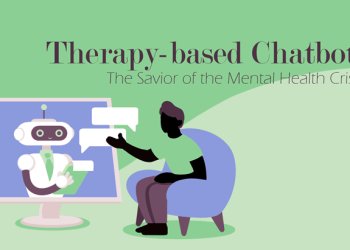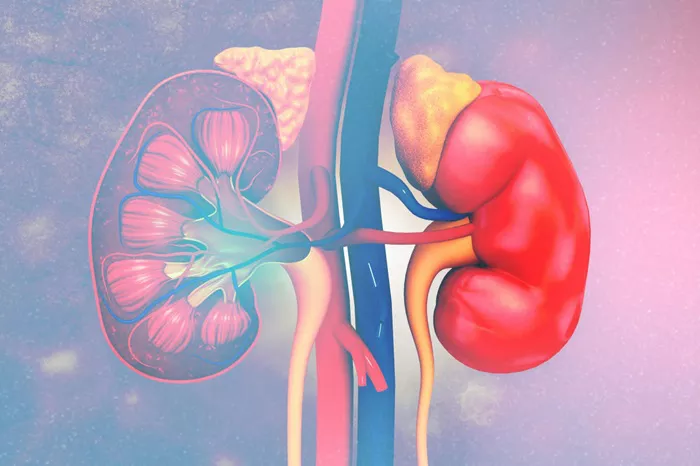Recent research is challenging the long-standing view of mitochondria, the energy-producing organelles inside cells. Once seen as stationary structures, new studies suggest that mitochondria may actually travel from one cell to another, raising questions about their role in health and disease.
Mitochondria have been known for their crucial role in generating energy for cells, but recent findings indicate that they might be much more dynamic. “They may be a multicellular organelle,” says Jonathan Brestoff, an immunologist at Washington University in St. Louis. This means mitochondria could travel between cells, aiding in processes like tissue repair or immune system activation.
Scientists have observed this “mitochondrial transfer” in a variety of organisms, including yeast, molluscs, and rodents. “It’s really exciting to see,” says Jeffrey Spees, a stem-cell biologist at the University of Vermont. Although it’s not yet clear why mitochondria move, some studies suggest that cells share their mitochondria with neighbors during times of need, possibly aiding in repair or survival. However, in cancer cells, mitochondrial transfer might give tumors an advantage by harming the immune system.
Despite the excitement, much about this process remains unclear. Researchers have not yet captured mitochondrial transfer within the human body. “We don’t have the technology yet to witness this happening,” says Daniel Davis, an immunologist at Imperial College London.
Mitochondria’s Origins and New Functions
Mitochondria are much more than just energy generators. They play a vital role in numerous cellular processes, including the immune response and cell communication. Their microbial origins help explain their dynamic nature. Around 1.5 billion years ago, a bacterium was engulfed by an early eukaryotic cell, eventually evolving into the mitochondria we recognize today.
In 2006, Spees and his team provided the first clear evidence of mitochondrial transfer between cells. They studied stem cells and cancer cells, discovering that stem cells could donate mitochondria to cancer cells, helping the cancer cells regain their energy production. “Watching it was like a miracle,” Spees said.
Since then, researchers have seen mitochondria moving between various cell types, such as lung, heart, brain, fat, and bone cells. These organelles travel in different ways, including through tunneling nanotubes, vesicles, or even floating freely in the bloodstream.
The Benefits of Mitochondrial Transfer
Studies suggest that mitochondrial transfer can help cells recover in times of stress. For instance, after a stroke, support cells in mice called astrocytes transfer their mitochondria to damaged neurons, helping them recover and survive. In a similar vein, lung cells in mice suffering from inflammation received mitochondria from stromal cells, which helped boost energy production and aid recovery.
In 2021, researchers found that platelets in human blood can also transfer mitochondria to stem cells. This process helped the stem cells produce molecules that promote blood vessel formation and accelerated wound healing in mice.
Researchers are also exploring whether mitochondrial transfer could be used to treat diseases. Though the mechanisms behind these transfers are not fully understood, scientists are working to harness this process to combat conditions like cancer, stroke, and chronic inflammation.
Mitochondrial Transfer in Everyday Life
Beyond emergency situations, mitochondrial transfer might play a key role in maintaining healthy tissues. For example, some astrocytes in the brain of mice donate mitochondria to blood vessel cells, helping to keep the blood-brain barrier intact. Other studies have shown that mitochondria in fat cells can be shared with immune cells, helping them function properly. In obese mice, this process is reduced, possibly leading to poorer immune function and metabolism.
Mitochondria also seem to influence inflammation. Some T cells, which help fight infections, produce fewer inflammatory molecules when they receive mitochondria from stem cells. In people with rheumatoid arthritis, stem cells transfer fewer mitochondria to T cells, possibly contributing to the chronic inflammation seen in the disease.
Conclusion
The discovery of mitochondrial transfer opens up new possibilities for understanding cell biology and disease treatment. While much remains to be learned about why and how mitochondria move between cells, the research shows that these organelles may be far more complex and versatile than previously thought. As scientists continue to explore this phenomenon, it may lead to new strategies for treating a range of health conditions.
Related Topics
































